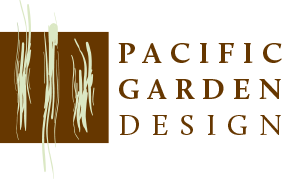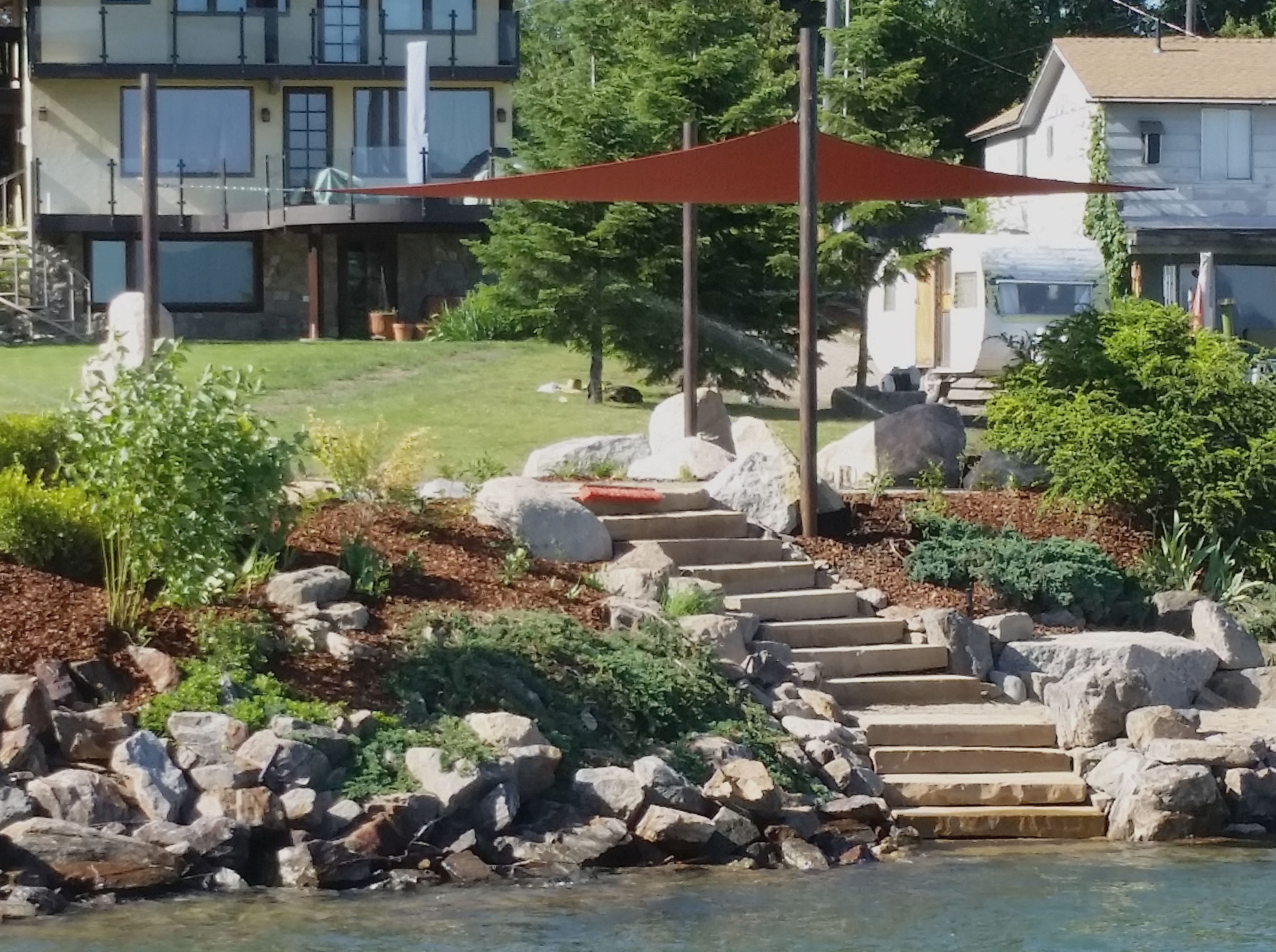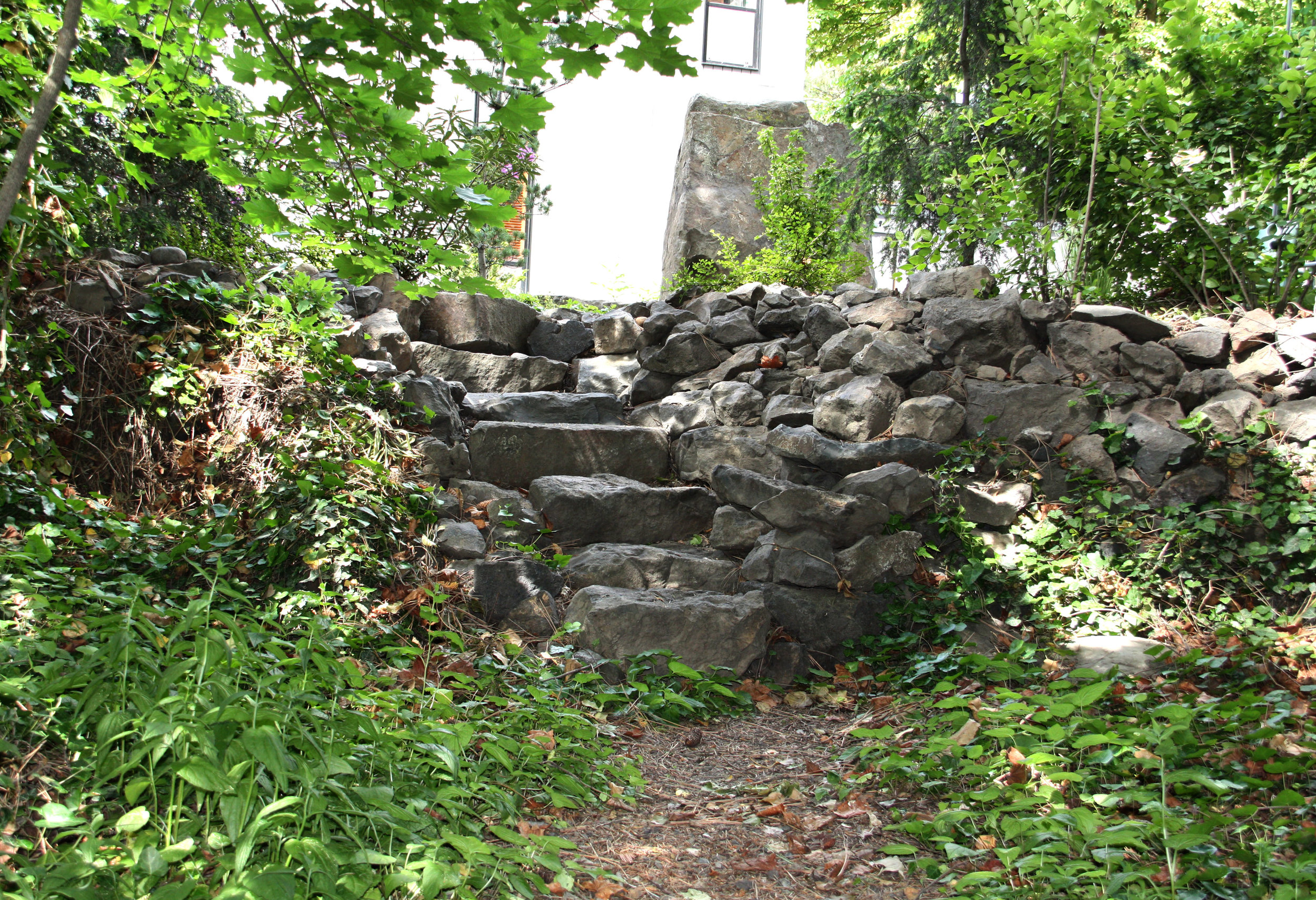What It Is
Symphoricarpos is a genus of shrubs commonly known as snowberry or coralberry, depending on the color of the fruit. It is native throughout North America, with the species Symphoricarpos albus common throughout the Inland Northwest. Our native snowberry is easily recognizable in the autumn and winter for its dense clusters of white berries, which persist months after the leaves fall. Its delicate foliage and small pink flowers are attractive but inconspicuous. All varieties are fairly small shrubs, generally topping out at five feet high and wide.
This hybrid coralberry holds its bright berries well into winter.
Why to Grow It
As the name suggests, snowberry and coralberry are prized for their prominent berries. A variety of cultivars and hybrids have been bred by the floral industry for a spectrum of pink berry colors and longevity in cut arrangements. You can enjoy those improvements just as easily in your garden, where the berries can also provide a winter food source for songbirds. Snowberry is also an excellent plant for naturalizing areas and erosion control, as it slowly spreads to form thickets when left to its own devices. Regularly harvesting its berry-covered stems, however, is enough to keep it in check.
Where to Put It
Symphoricarpos should be planted in full sun to part shade. Native Symphoricarpos albus is quite drought-tolerant, but nursery cultivars do best with supplemental water in the summers. Snowberry is fairly unremarkable most of the year, so place it with other plants that will offer more dynamic interest through the spring and summer, then let it take center stage in the winter. If you plan to use the berries in flower arrangements, consider locating snowberry off a covered porch or other area where it can be easily accessed when snow begins to pile up.


















